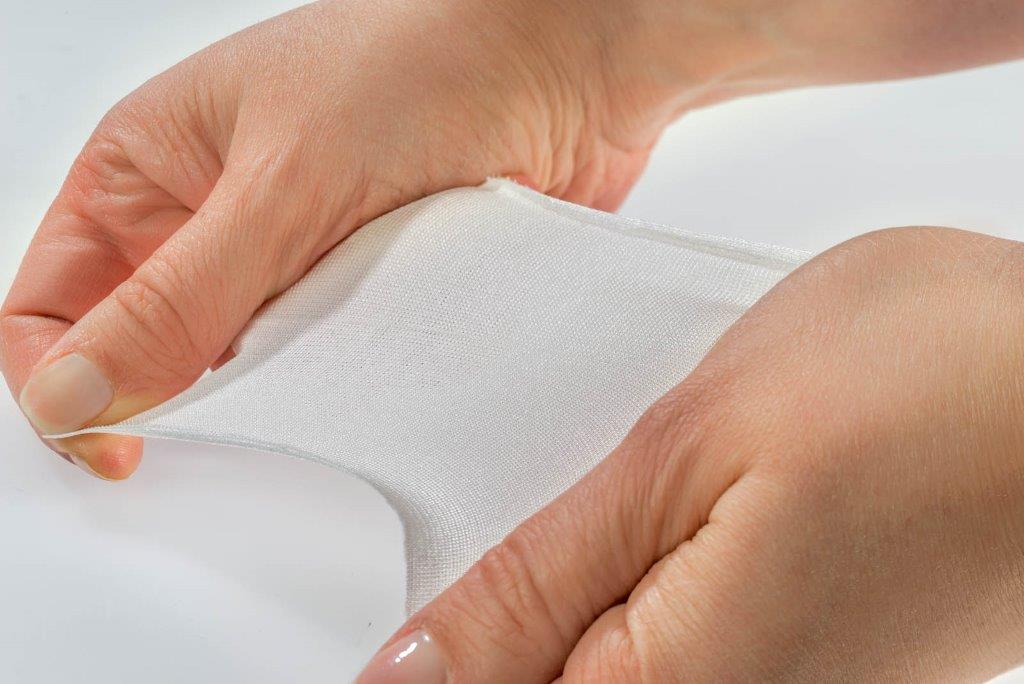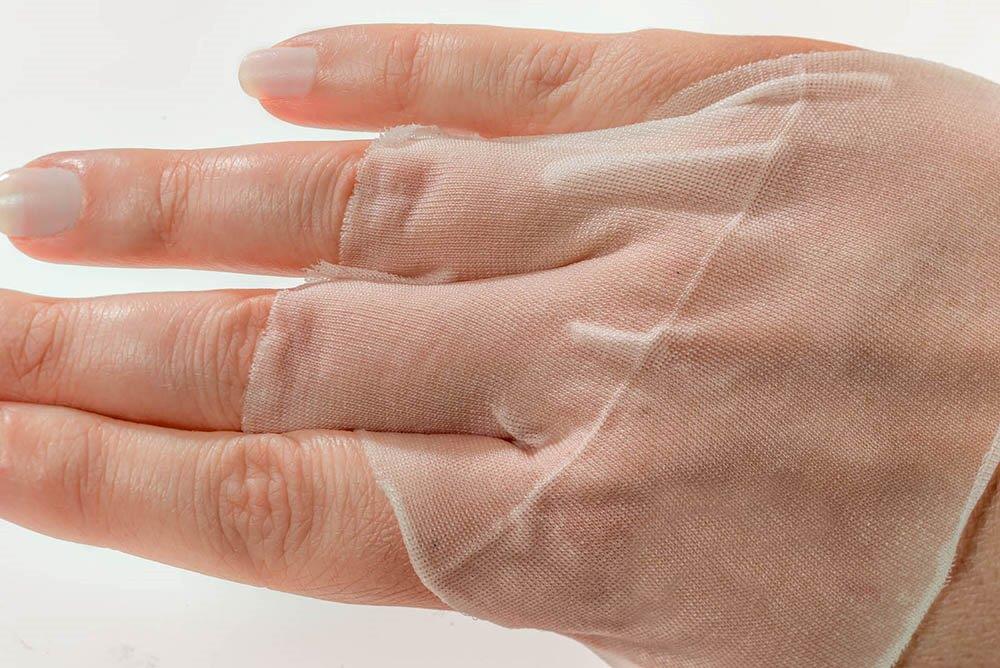Superficial wounds therapy


The objectives of wound management:
- Stimulate re-epithelialization
- Maintain a sufficiently moist environment preserving the wound bed until complete closure
- Help drainage of exudates if needed
- Provide a physical barrier to bacteria and other infection promoters
- Limit inflammation and infection
- Cost-effectiveness ratio significant
- Promote rapid healing but also good scarring
The "ideal" wound dressing provides maximum comfort to the patient, while reducing pain and the risk of tearing epidermal cells migrating from the wound surface. In addition to a reliable assessment of the wound condition (to minimize complications), an increase in the value of treatment in terms of cost-effectiveness and a reduction in hospitalization time is sought.
Dressilk® consists of silkworm silk from which the protein Fibroin remains. It is a long used material in the medical field, very robust, demonstrating in many different studies a positive effect on wound healing and the prevention of inflammation. In vivo studies have confirmed the safety of this material in terms of acute dermal toxicity, irritation and skin sensitization. It is particularly interesting because of its enlargement potential in horizontal and vertical dimensions, providing better comfort to any applied cutaneous area. Dressilk® adheres to the wound but not to the skin.
Given the results of the latest published and accessible studies in BURNS, Dressilk®, by promoting satisfactory healing at short term and good scarring quality at long-term, deserves to be tested for the benefit of the patient, the nursing staff and the hospital. Indeed, in the prospective clinical trial comparing Dressilk® with other dressings on partial-thickness skin graft donor sites, it proves it is as effective. (Alexandra Schulz et al, Department of Plastic Surgery, Hand Surgery, Burn Center, University of Witten/Herdecke, Cologne-Merheim Medical Center (CMMC), Cologne, Germany). The second study concerning the prospective intra-individual evaluation of silk compared to another dressing for the treatment of superficial burns of the hand and face demonstrates there also its effectiveness. (Jennifer Lynn Schiefer et al, Clinic of Plastic, Reconstructive, Hand and Burn Surgery, Hospital Cologne Merheim, University of Witten-Herdecke, Germany. And finally, the latest study on the evaluation of scar quality after treatment of superficial burns of the hands and face, an intra-individual comparison using Dressilk® demonstrates once more that Dressilk® allows rapid healing at short term and good scarring in the long term. Jennifer Lynn Schiefer et al, Clinic of Plastic, Reconstructive, Hand and Burn Surgery, Hospital Cologne Merheim, University of Witten-Herdecke, Germany).
To conclude, given the rapid and uncomplicated scarring of superficial burns on the hand and face, silk is an interesting alternative in this context. It could be particularly favorable for the treatment of the face.
In addition, Dressilk® in the long-term evaluation of scars after superficial burn treatment provided pleasant results. After 6 months, differences to untreated skin were already scarce. Solely significant differences in color and TEWL could be detected after 6 months. After 12 months, these differences could not be verified anymore. The performed study shows that Dressilk® is an interesting alternative for the treatment of superficial burns, skin graft donor sites especially due to its lower material cost.


